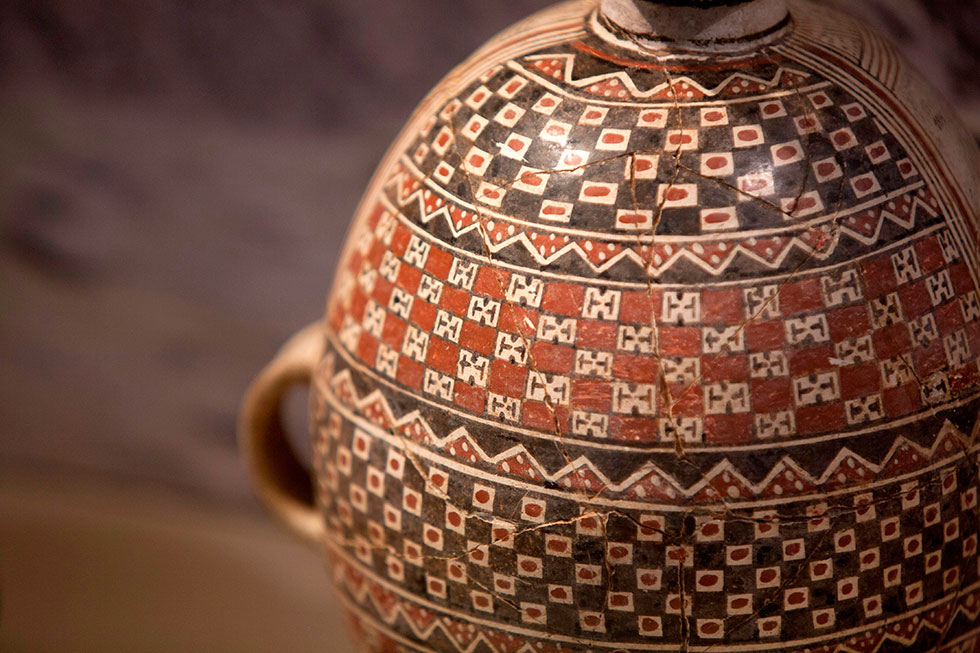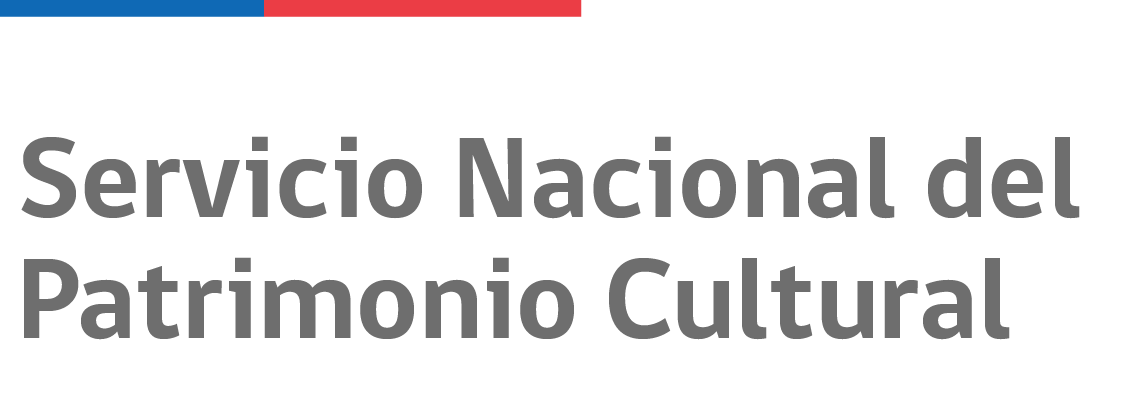
Services:
- Disabled access
- Guided visits
- Public transport
Opening times:
Admission:
About the institution
The La Serena Archaeological Museum has its origin in the work of archaeologist Francisco Cornely and his research in the 1930s into the indigenous Diaguita and Molle cultures.
With the support of the La Serena municipal government, he founded the Museum in 1943, donating much of its early collections and becoming its first director.
The building
The premises now occupied by the Museum were built specially for it as part of an urban development plan for La Serena, implemented by President Gabriel González Videla (1946-1952), who had been born there and maintained strong ties with the city.
Its imposing stone entrance, however, dates back to the early nineteenth century and was originally part of the house of José de Recabarren y Pardo de Figueroa, who served as the city’s mayor at the end of the eighteenth century.
Inside the Museum

Inca-Diaguita Aryballos (1470-1536 AD).
The Museum’s collections comprise over 14,000 items, divided into three sections:
- Archaeological: Objects representative of all the pre-Hispanic cultures of central-northern Chile, including the Molle, Las Ánimas and Diaguita cultures as well as the Incas who arrived there in the fifteenth century.
- Ethnographical: Tangible expressions of the living culture of the area’s surviving indigenous peoples.
- Paleontological: Fossils of vertebrates and invertebrates, principally of marine origin.
- The Museum also has a library containing almost 15,000 volumes on archaeology, anthropology, ethnography and other related topics.
Don’t miss
One of the Museum’s key attractions is the room devoted to the El Olivar archaeological site, just north of La Serena. It was discovered by Francisco Conerly. This site has been particularly important in providing information about the Diaguita and Las Ánimas cultures, which developed in the region as from around 800 AD. As well as objects found at El Olivar, the room also contains reproductions of the petroglyphs in the Valle del Encanto, near the city of Ovalle.


